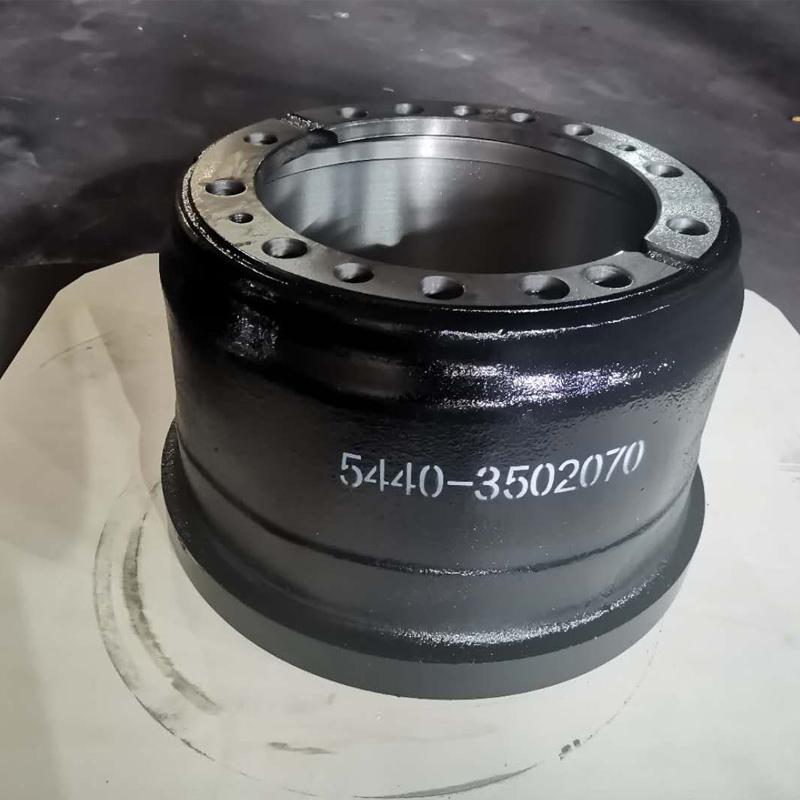Nov . 09, 2024 21:31 Back to list
Understanding the Function of Brake Drum and Wheel Cylinder Components in Automotive Systems
Understanding Brake Drum and Wheel Cylinder Key Components in Vehicle Braking Systems
The braking system of a vehicle is one of its most crucial components, responsible for ensuring the safety of drivers, passengers, and pedestrians alike. Among the various elements that comprise this intricate system, the brake drum and wheel cylinder play pivotal roles in the effective operation of drum brakes, which are commonly utilized in many automobiles and trucks.
What is a Brake Drum?
A brake drum is a bell-shaped metal component that rotates with the wheel. It is typically made from cast iron or aluminum and forms a critical part of the drum brake system. When the driver presses the brake pedal, hydraulic pressure is exerted, causing the brake shoes to expand against the inner surface of the brake drum. This friction creates the force required to slow down or stop the vehicle. One of the primary advantages of a brake drum system is its ability to provide a significant amount of stopping power, which can be especially useful in heavier vehicles or during downhill driving.
The Role of the Wheel Cylinder
The wheel cylinder is another essential component in the drum brake system. Located at the top of the brake drum, it contains pistons that are activated by hydraulic pressure from the brake fluid. When the brake pedal is pressed, the master cylinder generates pressure, which is transmitted to the wheel cylinder. The hydraulic pressure forces the pistons outward, pushing the brake shoes against the brake drum. The design and construction of the wheel cylinder are crucial, as they need to withstand high pressures and accommodate any movement in the brake shoes.
The Interaction Between Brake Drum and Wheel Cylinder
brake drum wheel cylinder

The performance of a vehicle's braking system depends significantly on the interaction between the brake drum and the wheel cylinder. Each component must function seamlessly to ensure effective braking action. If these parts experience wear and tear, the braking efficiency can be compromised, leading to longer stopping distances and increased risk of accidents. Regular maintenance checks are essential to identify any issues with the brake drum or wheel cylinder early on, facilitating timely repairs or replacements.
Common Issues and Maintenance
One common problem associated with brake drums is warping due to excessive heat generated during braking. This can lead to vibrations and a decrease in braking performance. Similarly, the wheel cylinder can suffer from leakage, often caused by wear of rubber seals or corrosion. This leakage can reduce hydraulic pressure, leading to uneven braking and potential failure.
To maintain optimal performance, vehicle owners should regularly inspect the brake system, including the brake drums and wheel cylinders. Signs of wear, such as unusual noises, reduced braking power, or a soft brake pedal, should not be ignored. Routine maintenance not only extends the lifespan of these components but also enhances safety.
Conclusion
In summary, the brake drum and wheel cylinder are integral components of a vehicle's braking system, working in concert to provide the necessary stopping power. Understanding their functions, common issues, and the importance of maintenance can help vehicle owners ensure their braking systems remain in top condition. By prioritizing routine inspections and addressing any wear and tear promptly, drivers can significantly enhance their safety on the road, leading to a more reliable and secure driving experience. The braking system may often be taken for granted, but its proper functioning is vital for safe and efficient vehicle operation.
-
Scania Brake Drums: OEM Quality for Optimal Safety & Durability
NewsAug.16,2025
-
R.V.I: Advanced Remote Visual Inspection for Precision
NewsAug.15,2025
-
Discover HYUNDA: Innovative Vehicles, Equipment & Solutions
NewsAug.14,2025
-
R.V.I: Unlock Advanced Insights & Real-time Performance
NewsAug.13,2025
-
Kamaz Brake Drum: Durable & Reliable for Heavy Duty Trucks
NewsAug.12,2025
-
Heavy Duty Iveco Brake Drum - Premium Quality & Safety
NewsAug.11,2025
